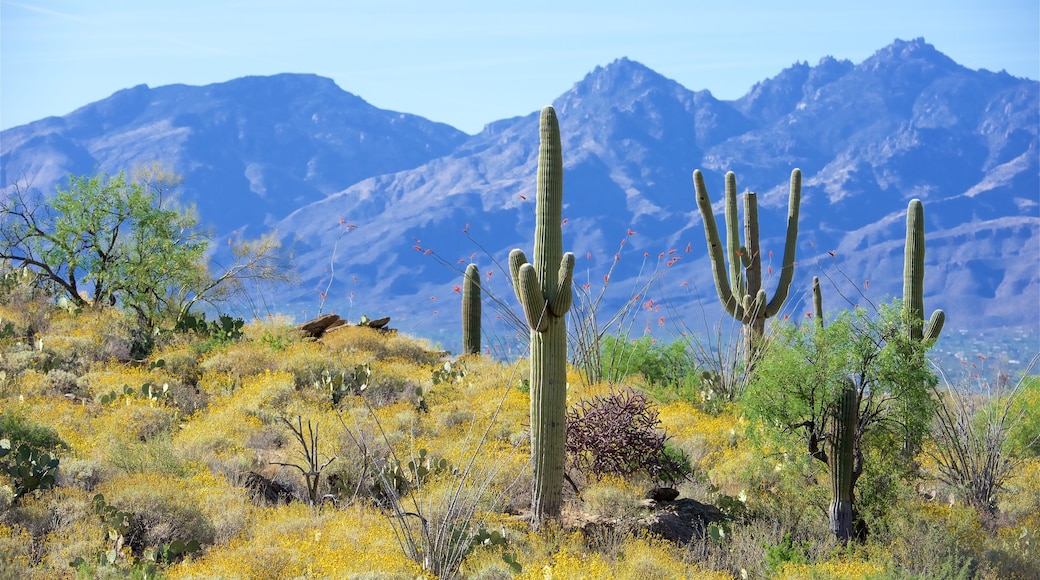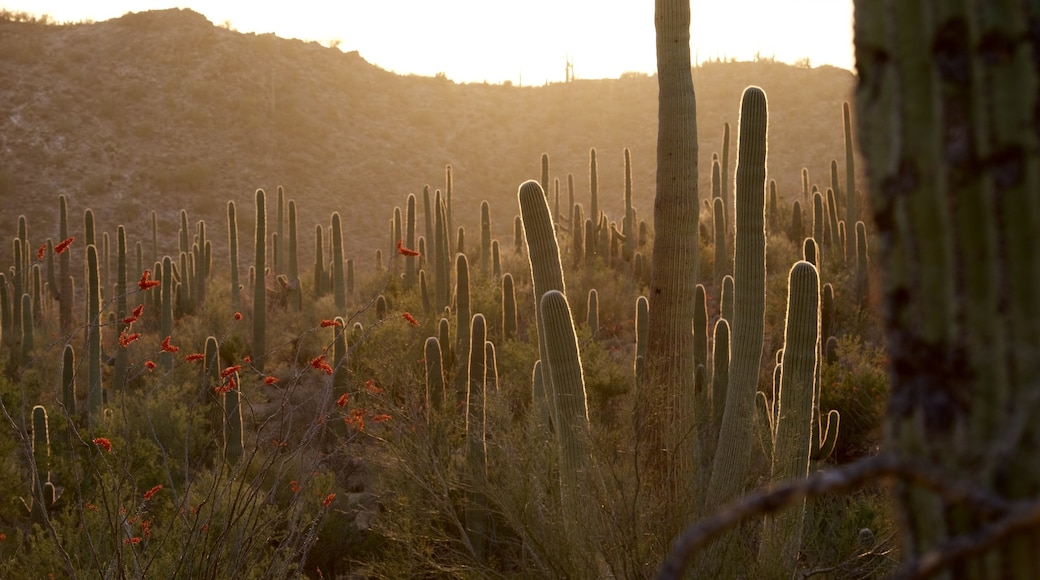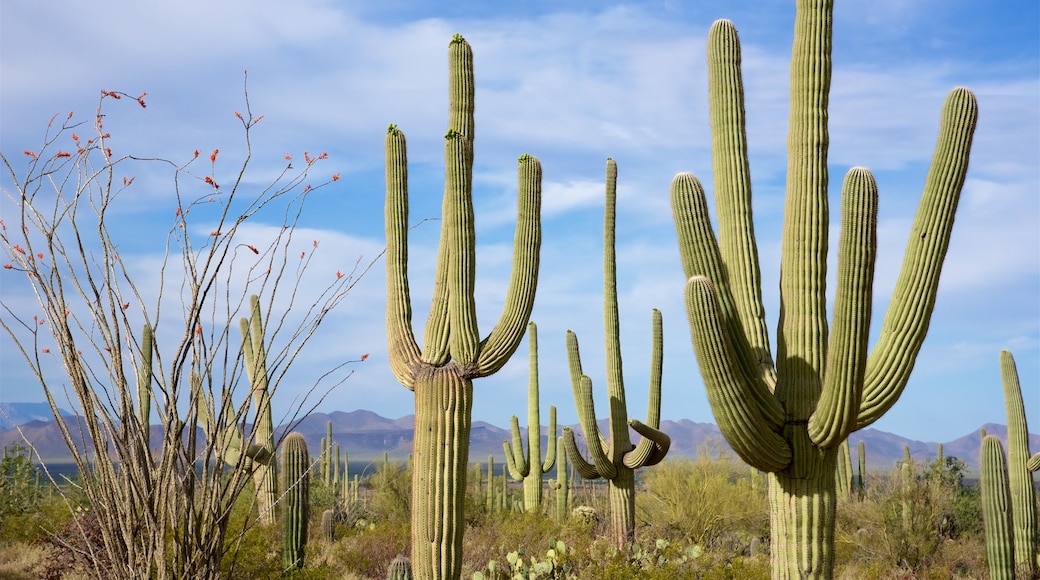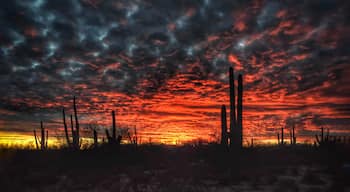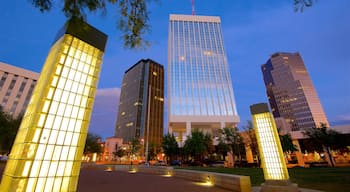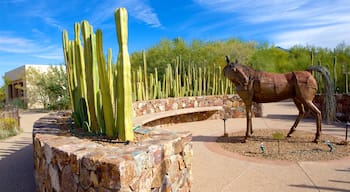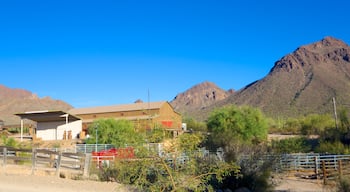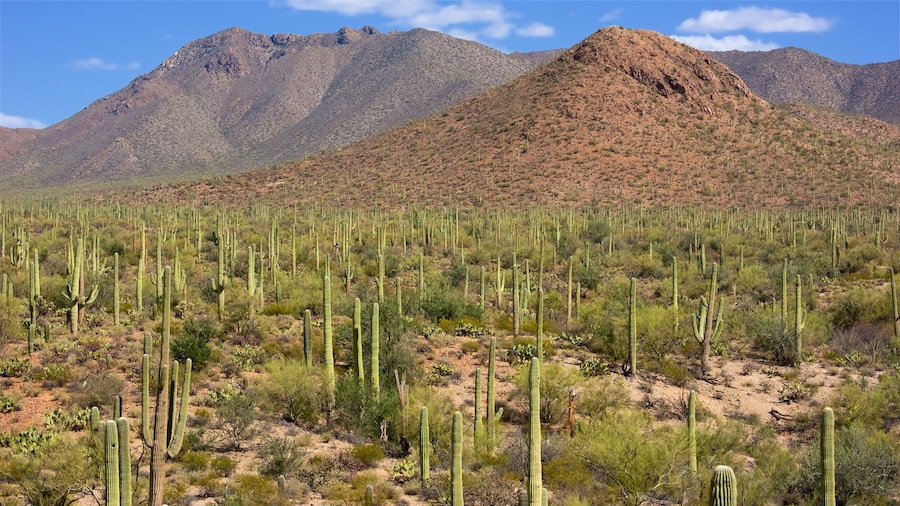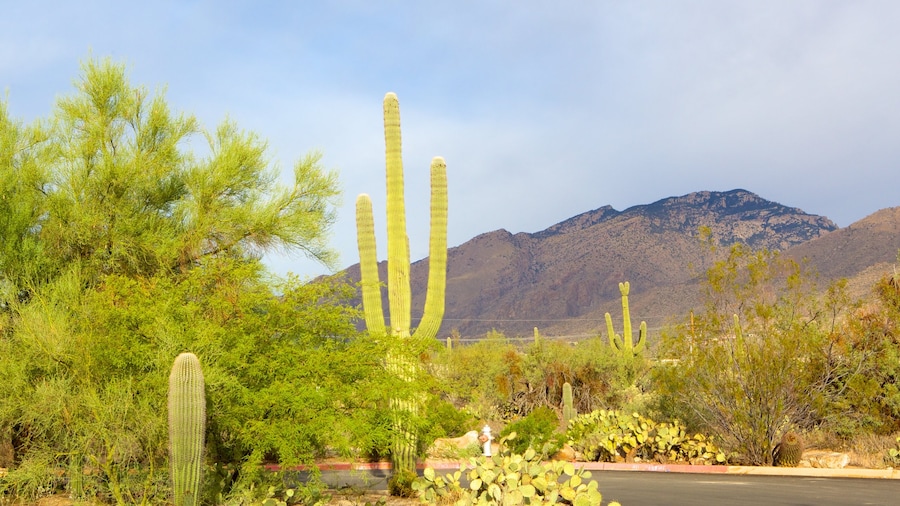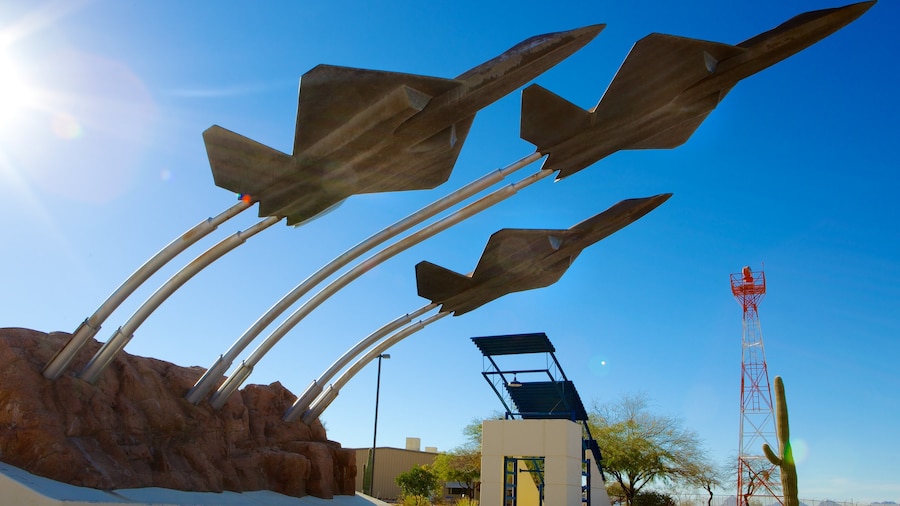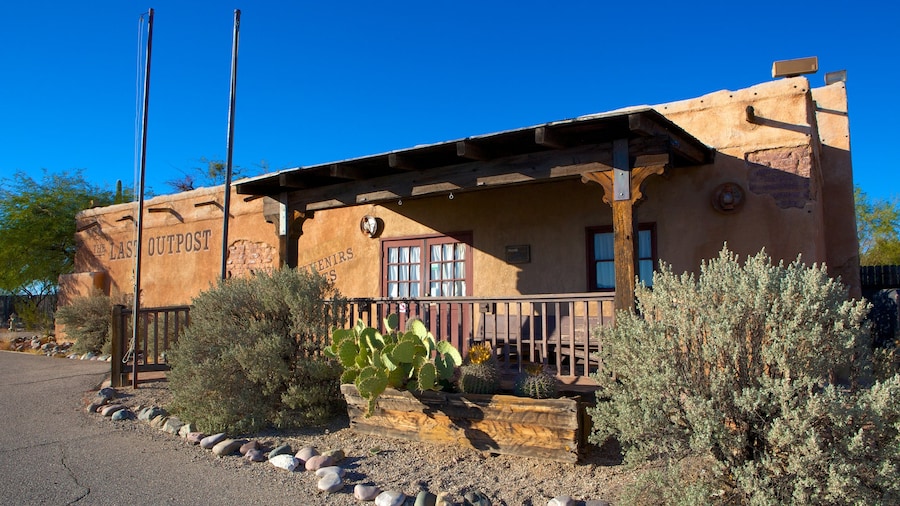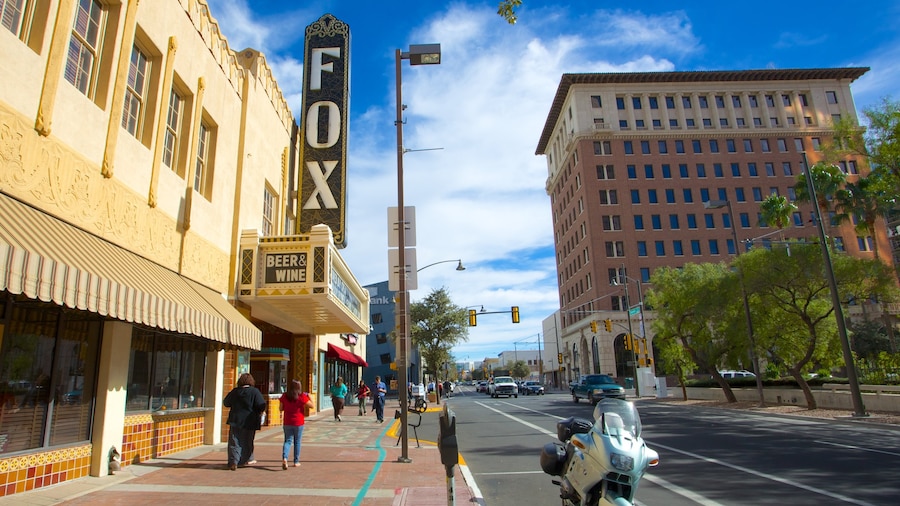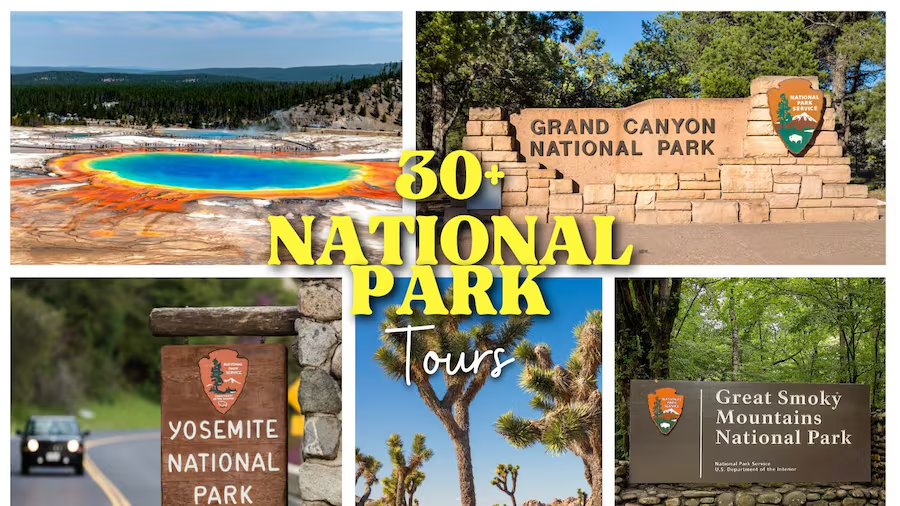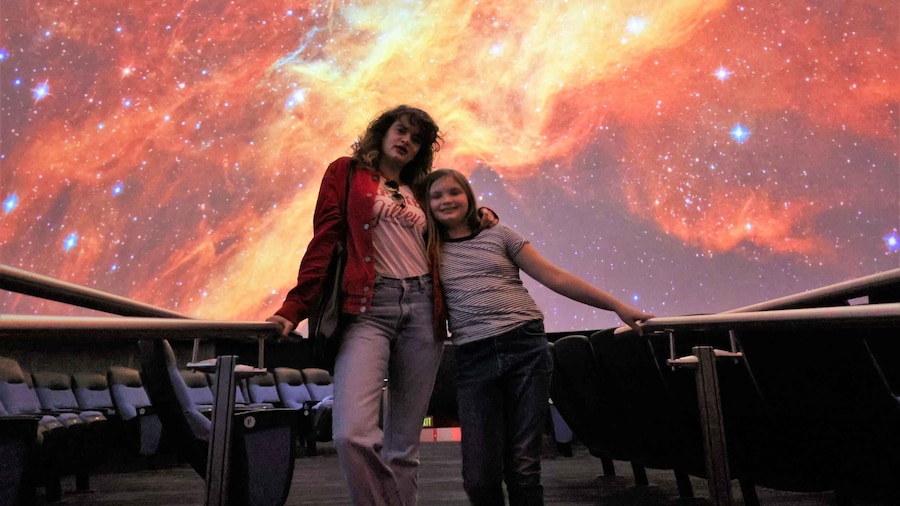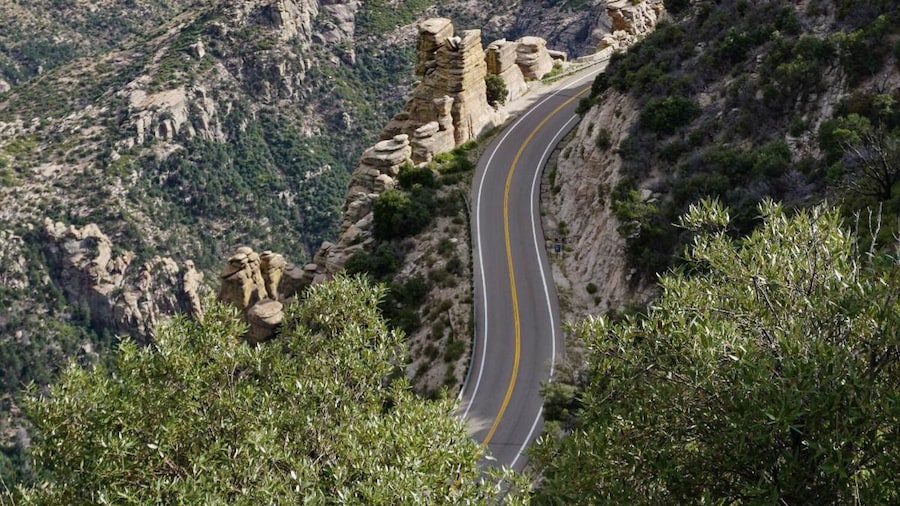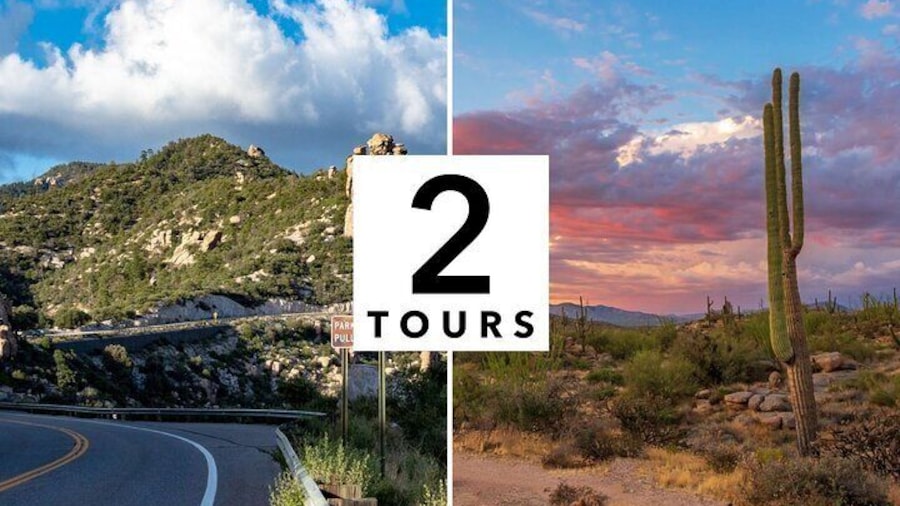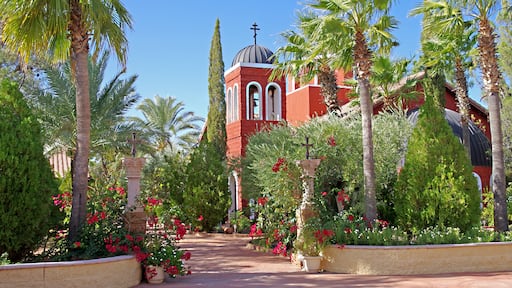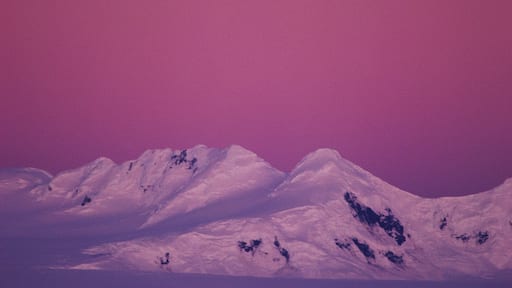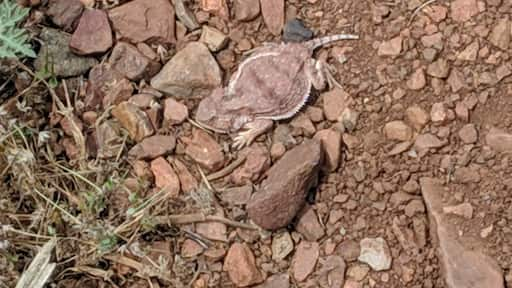Arizona’s second-largest city is known for its desert landscapes, mountainous regions, science scene and cosmopolitan culture.
Tucson is a modern city and thriving science hub set amid the sparse Sonoran Desert landscape and enclosed by five mountain ranges. The warm, dry climate, national parks, hiking trails and wildlife attract over a million outdoor lovers every year. Dubbed “Optics Valley,” the city is a world leader in optics manufacturing and astronomical research.
The roots of the cultural heritage that has shaped Tucson can be seen in Native American arts and crafts, old Hispanic neighbourhoods and 19th-century American architecture. Tucsonans embrace their desert surroundings and celebrate nature and the outdoor lifestyle.
Explore the scenery with a hike through Saguaro National Park. The large, fleshy cactus has come to symbolise the American West. Tucson has the country’s largest population of saguaro cacti. Learn about native flora and fauna at the Arizona-Sonora Desert Museum. A visit to Tohono Chul Park and Tucson Botanical Gardens will also immerse you in the beauty of the desert’s plants.
Visit Biosphere 2 to see how Tucson was at the forefront of one of the most ambitious experiments of recent times. Eight people lived for two years under glass domes in the desert. Tour the facility to see how it contributes to our understanding of climate change. Visit Pima Air & Space Museum with aircraft and spacecraft revealing 100 years of aviation history.
Head into the city to experience Tucson’s artistic and cultural scene. Visit art galleries, bookstores and jewellery shops. Art aficionados will enjoy the Tucson Museum of Art, which covers an entire city block in the El Presidio Historic District in the downtown area. The institution is devoted to art from the last 3,000 years. Stay downtown to watch dance, theatre, music or film performances at the Fox Tucson Theatre, a restored movie palace from the 1930s.
Tucson has a good public bus system called Sun Tran and the downtown area is easily explored on foot. If you want to travel outside the city limits and explore the desert scenery you will need to rent a car.
